
ARE YOU THINKING ABOUT STARTING A PODCAST?
A podcast can be a great way to share your thoughts and ideas with the world.
If you sell products or services, podcasts give you a chance to speak directly with your clients to get their insight on your offers.
It's an incredibly personal way to "meet" your clients through the airwaves - and potential customers will get to know you, like you, and trust you before you even start to pitch.
BUT WHERE DO YOU START?
This simplified guide will walk you through the basics of starting a successful podcast.
If you'd like to visit our podcast, please visit the Simple and Smart SEO Show wherever you listen to podcasts or at simpleandsmartseo.com.
WHAT IS THE BEST PODCAST EQUIPMENT?

First, Let's talk about the most basic equipment needs you will have for your podcast.
You will need:
-
A computer (I use a MacBook Pro.)
-
Recording software (I use GarageBand or Zoom.)
-
Microphone (I use a Blue Snowball).
-
Headphones (I use an off-brand bluetooth - but it would be good to have a traditional pair of headphones in case your bluetooth pair runs low on battery.)
HOW IMPORTANT IS SOUND QUALITY?

Not as important as you might think.
When it comes to your recording environment, the most important thing is to just start.
You can always upgrade your equipment and podcast studio later on, as your show grows and develops.
The first podcast I created (The Crystal Waddell Show, currently on hiatus), I was obsessed with details and sound quality.

I have to be honest, though.
It bothers me a little when I listen to podcasts and they have audio issues or background noise that can be easily fixed with a free app!
Do your audience a favor and follow these tips for your podcast audio.
Quality audio means professional sounding podcasts and immediately uplevels your credibility.
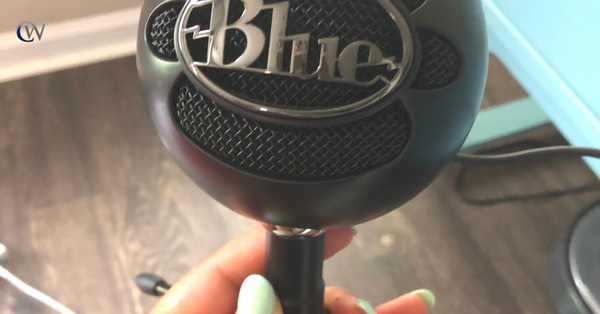
I call this happy medium of sound quality "acceptable."
What's also crazy: you can massively improve your sound quality in post-production.
Here is a way to record great sounding audio without spending a lot of money

-
Buy a decent USB microphone. USB mics range from $50-$200 and will sound WAY better than the built in mic on your computer.
-
Record audio with Zoom or directly on your computer with Garageband.
-
Use headphones. It doesn't matter whether you use Bluetooth headphones or corded headphones with a headphone jack. Just avoid using your speakers.
Having a corded option for your headphones is a good idea so that you have a back up if your Bluetooth batter dies or your wifi disconnects while you're recording.
-
Use free software to edit your show. On a MacBook, you can use Garageband to record and edit your show. A popular online option is Descript.
Want to uplevel your audio quality recording?

Simple upgrades can help you produce quality audio and limit background noise.
In theory, this should make editing the podcast easier.
Here's some popular tools that many consider essential podcast equipment:
-
Mic stand. My Blue Snowball Ice came with it's own stand for less than $75. It's easy to set up wherever I go.
-
Pop filter. When I first started podcasting, I purchased a pop filter. I haven't used it recently, but pop filters do make a difference if you tend to come hard with the consonants and the beginning of words.
Some microphones come with built in pop filters, so that's a bonus!
-
Podcasting recording software. Again, if you have a Macbook, the recording process for your podcast is easy using Garageband. Otherwise, I recommend using Zoom.
-
Shock mount and boom arm. I bought both the shock mount and boom arm at first, but I later realized that it didn't help because of the way my desk was set up. I forgot until right now that I bought them.
SHOULD YOU BUY AN AUDIO INTERFACE?

According to MI.edu,
"Audio interfaces convert microphone and instrument signals into a format your computer and software recognize.
The interface also routes audio from your computer out to your headphones and studio monitors.}
If I were to translate this into words I can understand, most modern computers serve as an adequate audio interface for your podcast.
As does a USB mic.
Audio interfaces allow you to connect microphones and instruments to your computer so you can use them with software.
In my opinion, current technology makes a separate audio interface unnecessary when starting a basic podcast.
CAN YOU START WITH NO PODCAST EQUIPMENT?

I wouldn't say you can start a podcast with zero equipment but chances are, you have what you need to start a podcast if you have a computer.
Starting a podcast is easier than you may think. You don't need any fancy equipment, just your computer and an internet connection.
You can use free software like Audacity to record and edit your podcasts.
For hosting, you can use a free service like Buzzsprout (paid options are available.)

The Buzzsprout platform gives you many ways to promote your podcast, such as submitting it to all of the main podcast directories like iTunes and Stitcher.
So if you're interested in starting a podcast, don't let not having any equipment hold you back - it's easy to get started without spending any money.
They even host private podcast feeds now!
CLEANING UP YOUR AUDIO FILES FOR YOUR PODCAST IN POST-PRODUCTION

With the advances in technology, people don't need to use physical equipment to start a podcast. They can use digital tools.
I'm not saying that traditional podcast equipment is extinct - but it is no longer critical to record audio using four mic inputs or fancy audio recording equipment.
The best example of this is the software Auphonic.
Auphonic is a program that helps to make your audio files sound better. It will make the sound smoother and the levels more even.
It's free for up to 2 hours of editing each month (or the equivalent of four 30 minute episodes).
Auphonic can also help you combine multiple audio files together.
This means that if you have separate intro and exit audio clips you want to add to your podcast episode, you can do it all in Auphonic.
Choose Buzzsprout as your hosting platform.
Buzzsprout is a podcast hosting platform that has new technology for audio smoothing and eliminating background noise.
You can access it for a fee after you upload each podcast episode to their platform.
The moral of this story is that you need the right tools to do a good job.
Editing tools are as important as podcasting tools and will save you time with your podcast audio interface setup.
THE PODCAST EQUIPMENT NECESSARY FOR OUR WORKFLOW
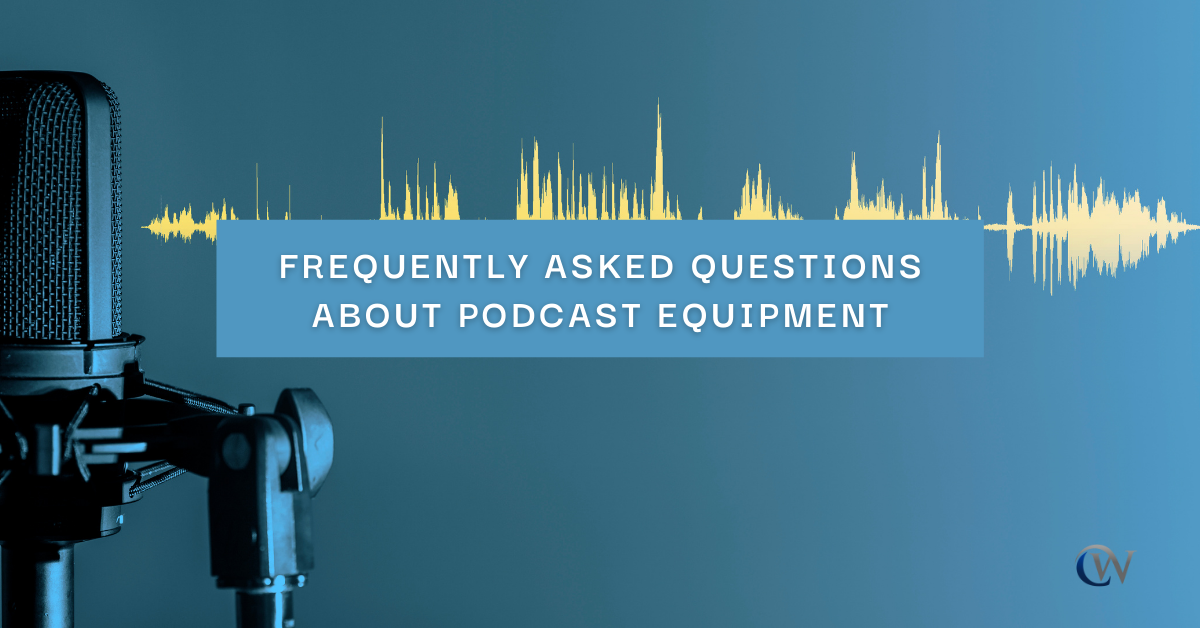
What equipment is needed for a podcast?
To get started podcasting, you'll need several things: a microphone, an audio interface, headphones, and some software. Let's take a closer look at each of these items.
The microphone is perhaps the most important piece of podcasting equipment. It is the instrument that captures your voice and turns it into an electrical signal. There are many different types and brands of microphones available, so it's important to do some research to find the one that best suits your needs.
An audio interface is a device that converts the analog signal from your microphone into a digital signal that can be transmitted over the internet.
It also provides power to the microphone and gives you control over the level of recorded sound.
Most computers serve as their own audio interface now so don't be overwhelmed by the word!
Do podcasters make money?

Yes, podcasters can make money from their podcasts.
There are a few ways to do this, such as through sponsorships, advertising, donations, or selling products.
Sponsorships are probably the most common way that podcasters make money.
A sponsor is typically a company that produces products or services that are related to the topic of the podcast.
For example, a gardening podcast might have a sponsorship from a local nursery or garden center. The sponsor pays the podcast host an agreed-upon amount of money in exchange for mentions of their business on the show.
Advertising is another way that podcasters can make money from their shows. This works by incorporating short advertisements into the episode itself, similar to TV or radio advertising.
How much does it cost to start a podcast?
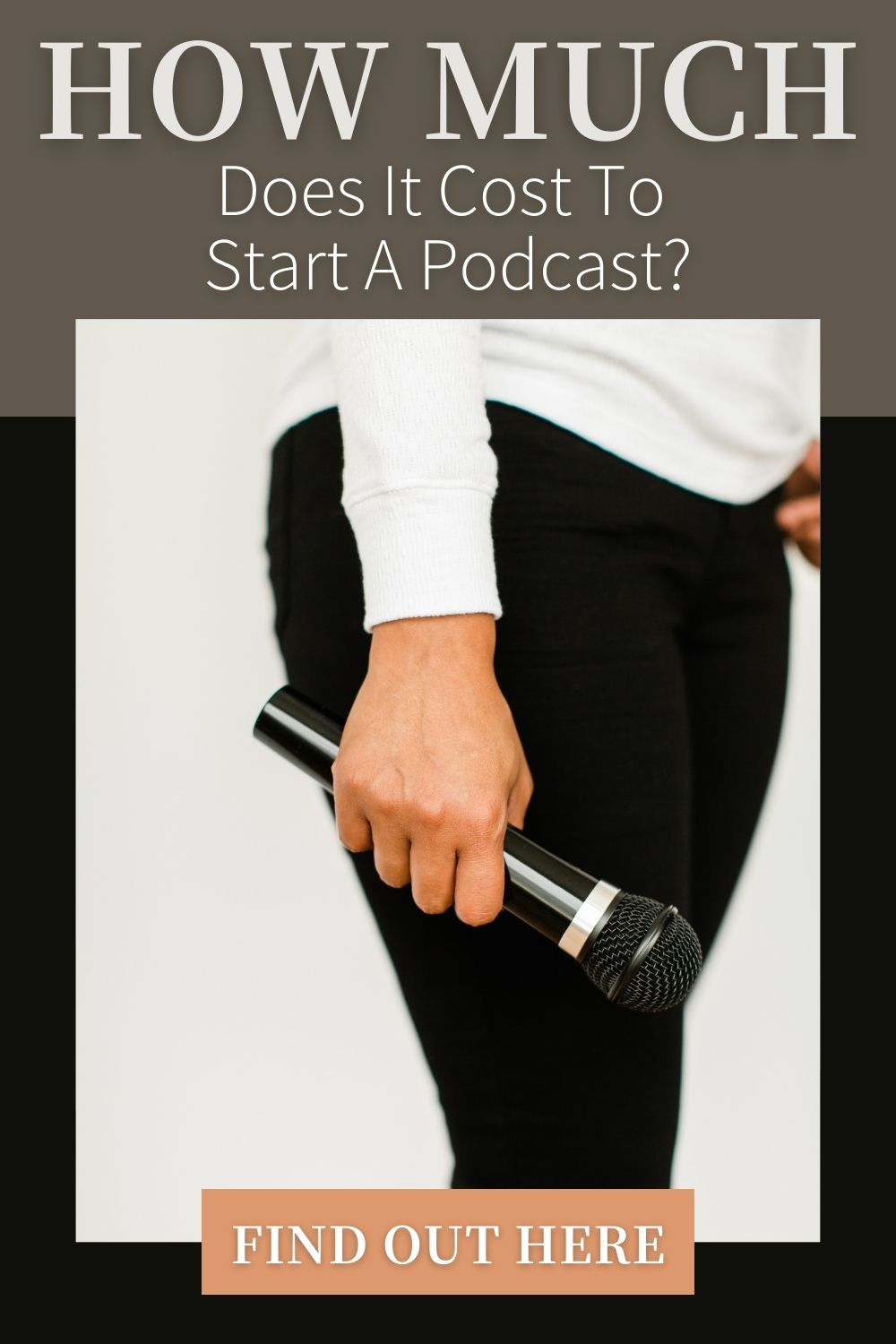
It can cost anywhere from nothing to tens of thousands of dollars, depending on what you want your podcast to achieve.
There are a few things you need in order to start a podcast: a microphone, software, and an internet connection.
How elaborate you want your setup to be will determine how much you end up spending.
For example, if you want a professional-quality microphone and recording environment, that'll set you back a few hundred dollars.
But if all you need is something basic to record your voice onto your computer, then there's no need to spend any money at all.
The main expense for most podcasters is hosting fees. Most hosting providers charge around $10-$20 per month for unlimited storage and bandwidth.Which platform is best for podcast?
What are the top 5 things to know before starting a podcast?
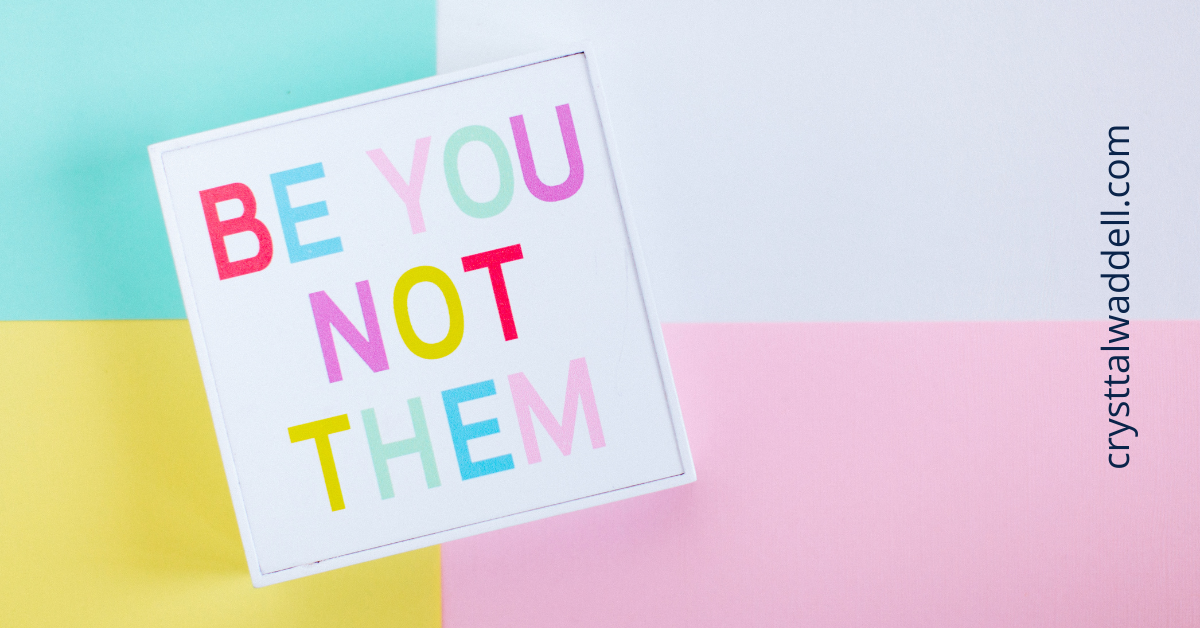
1. Determine your purpose for starting a podcast. What is your motivation? What topics are you passionate about discussing?
Defining your goals right from the beginning will help keep you focused and maintain enthusiasm throughout the process.
2. Recognize that starting a podcast takes time, energy, and effort. It's not something that can be done "on the side."
Be prepared to commit the necessary time to make your podcast successful.
3. Choose catchy and creative titles for your episodes that accurately reflect their contents. This will help potential listeners determine whether or not your show is worth their time.
Make sure each episode has show notes with key points and timestamps so people can easily find what they're looking for.
4. Find the right hosting platform for your podcast. This is where your episodes will live and where people will go to listen to them.
Do some research to find a host that offers the features and support you need.
5. Promote your podcast! Get the word out there by sharing episodes on social media, submitting to directories, and reaching out to potential guests.
The more people who know about your show, the more likely they are to listen.
How do I prepare for my first podcast? What are the 5 steps to start a podcast?
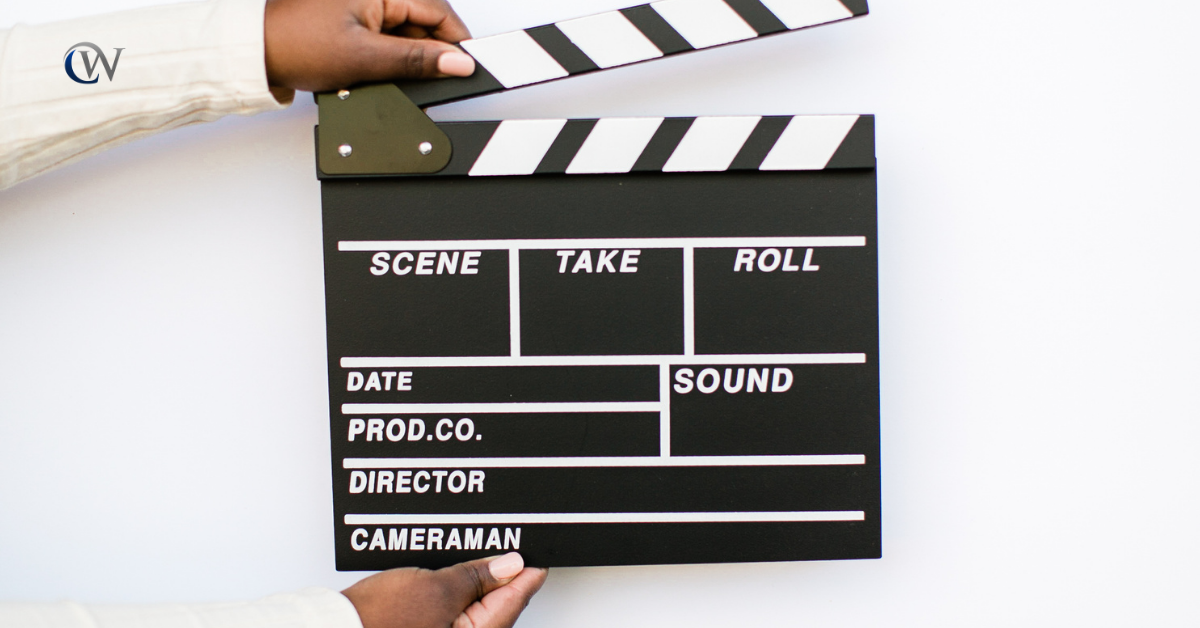
Congratulations on making the decision to do your first podcast! Here are a few tips:
1. Plan ahead.
Ideally, you'll want to have a general topic or outline mapped out before you start recording. This will help keep you on track and ensure that your episode is well-organized.
2. Choose a good location.
Make sure to choose a quiet space where you won't be disturbed while recording. This will help ensure that your audio quality is as clear as possible.
3. Gather all of your materials beforehand.
Make sure to have a notepad and pen handy so you can take notes during the show, and also have whatever materials (e.g., slides, articles, etc.) you plan on referencing during the episode.
4. Hit record! And that's it!
Just hit the 'record' button and start talking. Remember to be yourself and have fun - your listeners will appreciate it.
5. Edit and publish.
Once you're done recording, it's time to edit your episode (if necessary) and then publish it on your chosen platform.
There you have it! That's all there is to starting a podcast. Now go out there and make some great content!
What is the best setup for a podcast?
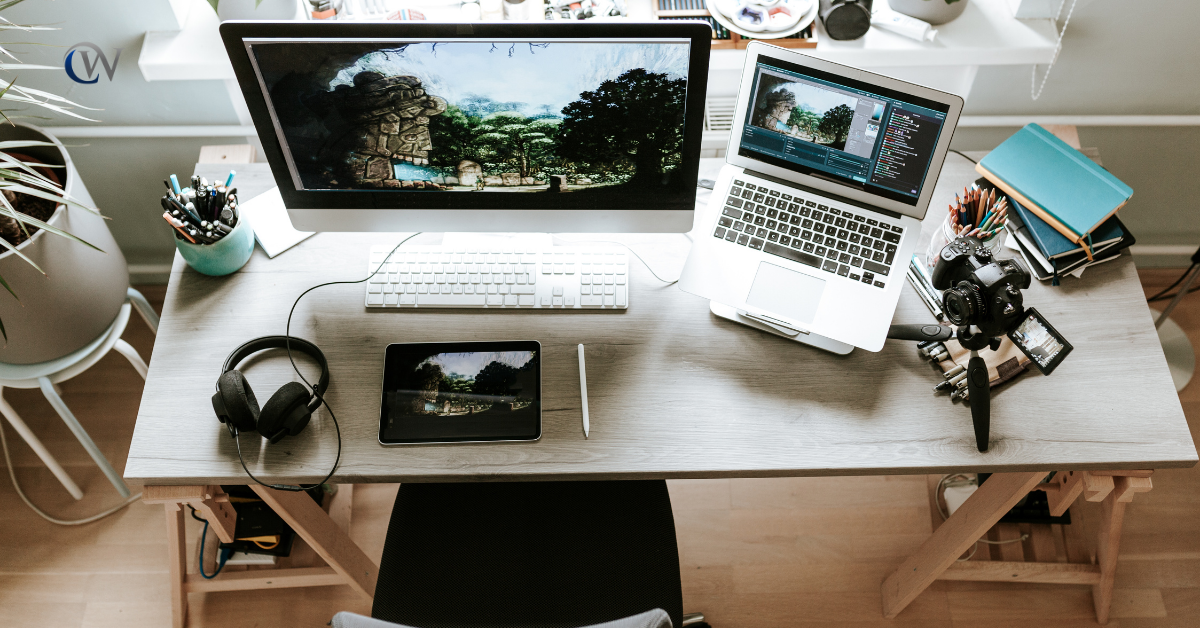
There are a few key things to keep in mind when setting up a podcast.
First, you need to decide on the format of your show.
Will it be a solo show, or will you have guests?
Once you've decided on the format, you need to choose a topic that you're passionate about and that will appeal to your target audience.
Once you have your format and topic sorted out, it's time to start thinking about equipment.
You'll need a microphone and everything we talked about in this article.
If you're planning on having guests on your show, you may need a way to record video as well.
Once you have your equipment sorted out, it's time to start recording and promoting your show!
YOU'RE READY FOR PODCASTING, PODCASTER!
If you're ready to start a podcast, then the simplified guide above should give you a good starting point.
But don't stop there - be sure to check out some of the other great content and SEO tips and advice on our website.
And if you still have questions, feel free to reach out to us!
We've got a podcast checklist cheatsheet for $25!
It covers every part of the podcast workflow from starting a podcast to the post-production workflow!








